Plans for the development of the early warning system until 2030
In the coming years, the Russian missile attack warning system (EWS) will undergo a new modernization. According to recent reports, the new renovation program will last until 2030 and will include both the revision of existing facilities and the construction of new ones. Based on the results of these works, the early warning system will be able to detect and intercept as a modern weaponand samples of new classes that are not yet in service with a potential enemy.
Ministry of Defense informs
In July last year, Colonel-General Sergei Surovikin, Commander-in-Chief of the Aerospace Forces, spoke for the first time about plans to modernize the early warning system until 2030. In an interview for Krasnaya Zvezda, he revealed some details of the latest measures for the construction and deployment of new means of lighting the air and space environment, ground and orbital.
The general recalled that to date, the ground echelon of the early warning system includes 10 radar stations of several types, which form a continuous field around the Russian borders. Construction of new stations is also ongoing. In particular, radar stations near Vorkuta, Murmansk and Sevastopol will be on alert by 2024.
The purpose of this construction is to create a continuous peripheral radar field operating in two bands, and these results will be obtained over the next few years. In the future, for a period up to 2030, it is planned to modernize the radar stations in the Krasnodar Territory and in the Irkutsk Region. In addition, completely new facilities will appear in the Far Eastern Federal District and the Leningrad Region.
In mid-February 2021, Krasnaya Zvezda published a new interview, in which the head of the Main Center for Missile Attack Warning of the Aerospace Forces, Colonel Andrei Revenok, revealed the topic of the development of the early warning system. He confirmed the previously announced data on the modernization and construction of facilities until 2030.
In addition, new details were revealed. The head of the Main Center said that in the future, all stations of the old types, such as "Daryal", "Dnepr" and "Volga", will be replaced by modern "Voronezh". Early warning systems modernization projects take into account future threats. So, when developing a radar, parameters are laid for counteracting new types of weapons, incl. while absent from the arsenals of a potential enemy.
A. Revenok also spoke about the development of the space echelon of the early warning system. Its modernization is being carried out as part of the construction of the Unified Space System (CES). So, in May 2020, the fourth spacecraft from the EKS went into orbit, as a result of which the first stage of the formation of such a system was completed. Its full deployment will be completed in 2024.
According to industry
In the wake of the interview with the head of the Main Control Center of the PRN, the TASS agency published an important comment from the General Designer of the Research Institute of Long-Range Radio Communication Sergei Saprykin. He noted that the means of the early warning system are constantly on alert. Work on the modernization of such facilities or the commissioning of new ones, on Earth or in space, does not disrupt the combat cycle of the system as a whole. At the same time, development is ensured that outstrips the progress of a potential adversary in the field of offensive weapons.
In August this year, during the Army-2021 forum, new details of the planned work became known. According to Interfax, the general designer of the Russian early warning system and the general director of the interstate corporation Vympel, Sergei Boev, has clarified plans to modernize the existing stations.
According to him, the Voronezh-M radar station in Lekhtusi (Leningrad region) will undergo repair and modernization. The service life of the station will be extended, energy and bandwidth will be increased, noise immunity will be increased, and data processing algorithms will be improved. It is also planned to modernize the Voronezh radar station in the Irkutsk region. This facility in Usolye-Sibirskoye will receive new transmitters; bandwidth and noise immunity will also increase. The work will be performed in 2025-28. The Voronezh-DM radar station in the Krasnodar Territory will be updated to increase its capacity.
A few days later, the general director of the RTI Systems concern Yuri Anoshko in an interview for RIA News clarified plans for Voronezh. He recalled that new stations of this family will be built in the Crimea and the Far East, but we are talking about a modernized version with the Yakhroma code. In the future, the developments on this project will be used in the process of modernization of all Voronezh.
Latest news
The latest news about the modernization of the early warning system was published on November 7 by Izvestia. Their unnamed source in the Ministry of Defense clarified the general plans, and also named the current stage of work. As before, we are talking about a major program of modernization of various systems, which will continue until 2030. It will result in a "fundamentally new anti-missile shield of the country."
According to the source, a plan for a future program is being worked out now. The customer and the contractors agree on the composition of the updated warning system, and also determine the timing of the necessary work. At the same time, some details are reported. Thus, the modernization of several radars on alert will be carried out. In addition, “fundamentally new stations” will appear in two regions.
It is curious that the news from Izvestia as a whole repeats the previous messages and statements, although it does not mention specific regions and models of equipment. However, it confirms that the modernization program is getting the necessary development. It goes through preliminary stages, and in the near future, real work on the objects will begin.
Development processes
Thus, in the short, medium and long term, the Russian missile attack warning system will face another modernization. According to recent reports, the industry and the Ministry of Defense will update the existing radar stations and build new ones, incl. on a promising project. In addition, the already begun process of fundamental renewal of the space echelon will continue.
According to the results of all these activities, by 2030 the SPRN will retain all its characteristic functions. It will continue to be able to detect launching missiles on the territory of a potential enemy, detect them in flight, predict their trajectory, and also issue recommendations to other forces and assets of the army and aerospace forces. The creation of a dual-band peripheral radar field will also be completed.
At the same time, new challenges and threats are taken into account in modernization projects. In particular, it is expected that after the modernization of the early warning missile system, it will be able to operate on hypersonic strike systems. Perhaps our industry has other, no less interesting developments. It can be assumed that, as the events continue, they will talk about certain new developments.
It is easy to see that the new program for the modernization of the early warning system starts simultaneously with the end of the current one, and in fact we are talking about a continuous process of improvement and development. So, from the middle of the XNUMXs, new radars of the Voronezh family were built. Most of these stations are already on duty, but their construction continues.
After the completion of the current construction projects, the construction of the first Yakhroma radar station is expected to begin. Also, according to this project, they will begin to update Voronezh. In parallel with this, a complete modernization of the space echelon will be carried out using satellites of the latest models, such as Tundra.
As a result, one of the key components of national security will continue its work, gradually updating the composition, increasing characteristics and gaining new opportunities. The planned activities will stretch for almost a decade, but will allow our early warning system to meet the requirements of both the foreseeable and distant future. By this time, a new modernization program will probably be developed, and development will continue.
Subscribe to our Telegram channel, daily additional materials that do not get on the site: https://t.me/topwar_ru

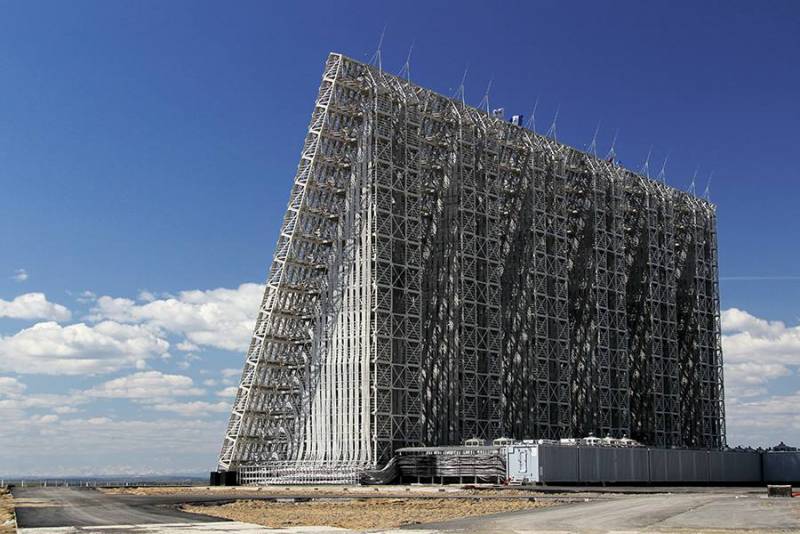
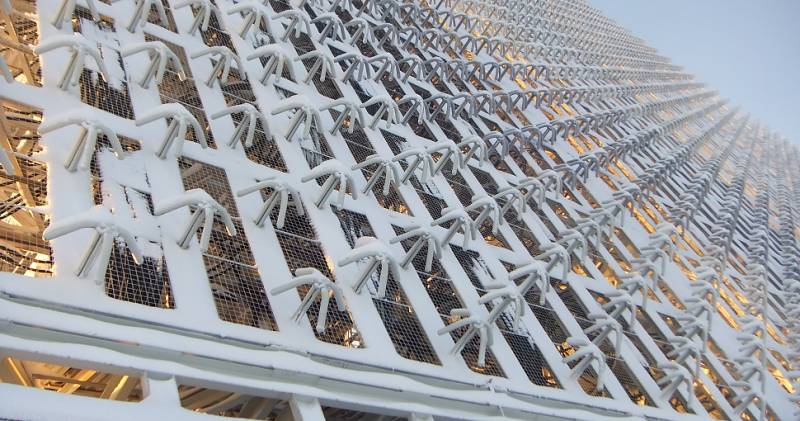
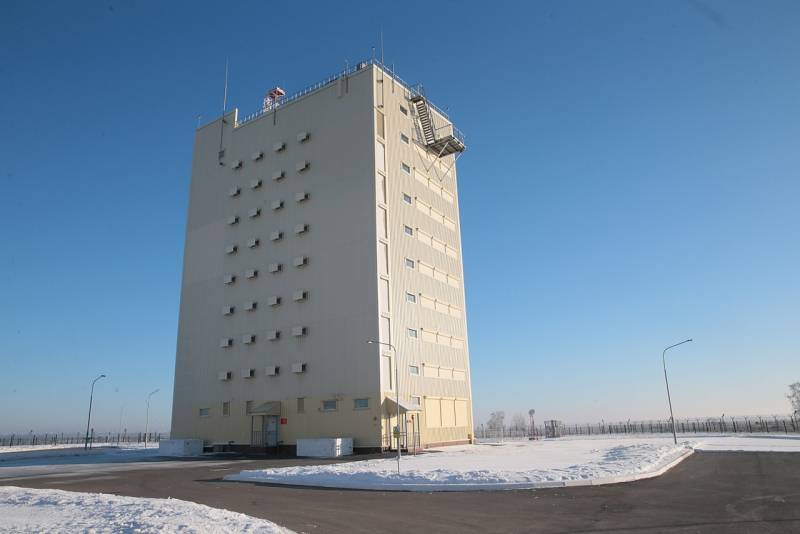
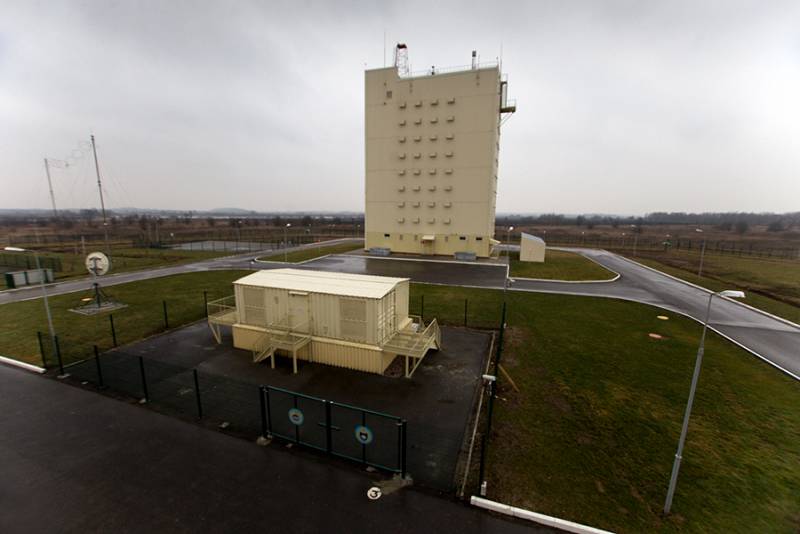
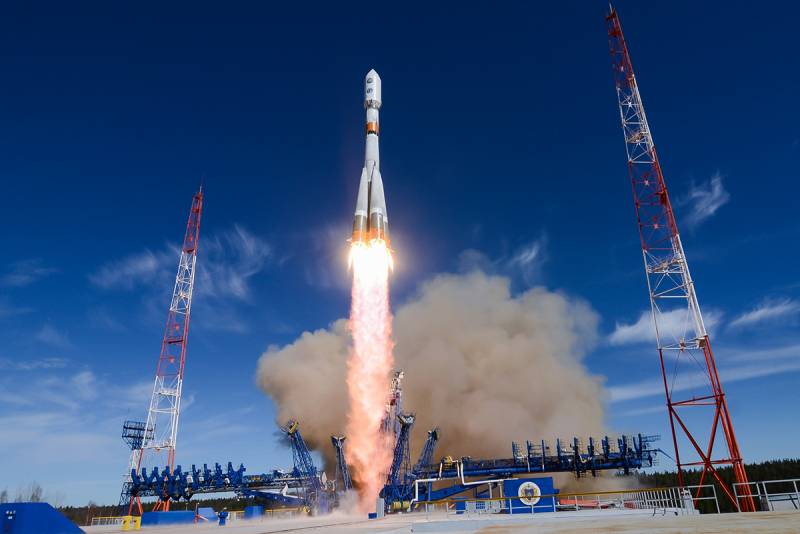
Information